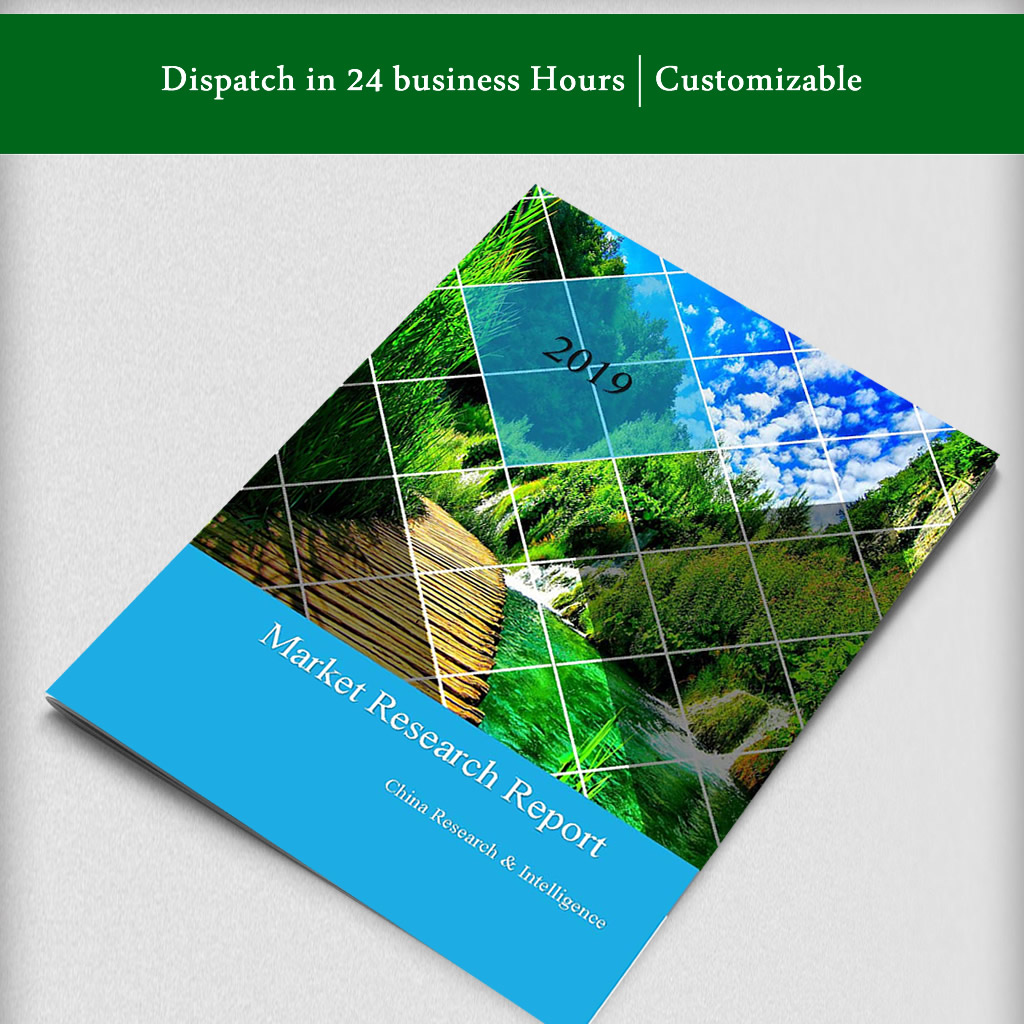Description
Description
The Interim Measures for Administration of Import Tariff Quotas for Agricultural Products (hereinafter referred to as the Interim Measures) was a government document formulated by China’s National Development and Reform Commission and put into force on Feb. 5, 2002. The Interim Measures determines the annual import tariff quotas for agricultural products according to China’s schedule of concessions on goods in the accession to the WTO. Agricultural imports in quota are subject to low tariff rates while those out of quota are subject to high tariff rates.
According to CRI’s analysis, by May 2019, the Interim Measures applies to agricultural products including wheat, corn, rice, sugar, cotton, wool and wool top. The import tariff quotas for wheat, corn, rice, sugar and cotton are classified into the quotas to state trading enterprises and the quotas to non-state trading enterprises to give priority to state-owned enterprises. The import of wool and wool top is exclusive to designated companies.
CRI believes that China’s tariff rate quota administration for agricultural products has both advantages and disadvantages. On one hand, it protects domestic agricultural product market from the impact of large quantities of low-price agricultural imports. Low in-quota tariff rates ensure low-cost raw materials to the agricultural product processing enterprises in China. On the other hand, the tariff rate quota administration triggers international trade disputes. For example, in Dec. 2016, the United States filed a lawsuit with the WTO against China’s administration of the import tariff quotas for wheat, rice and corn. In Apr. 2019, the United States won WTO ruling against China’s use of tariff-rate quotas for rice, wheat and corn, which it successfully argued limited market access for U.S. grain exports. Besides, some applicants to the import tariff quotas are not agricultural product processing enterprises but trade companies. They resell agricultural products in quota to agricultural product processing enterprises with price markups. Consequently, agricultural product processing enterprises have to pay more for agricultural imports.
According to CRI, the annual import tariff quotas for some agricultural products cannot be used up. For example, in 2018, China’s corn imports totaled 3.52 million tons, accounting for only 48.90% of the quota quantity of 7.20 million tons; the wheat imports totaled about 3.10 million tons, accounting for only 32.20% of the quota quantity of 9,636,000 tons. Such surpluses are caused by the strict eligibility criteria. Many downstream enterprises (such as feed processing enterprises and food processing enterprises) that fail to obtain the import tariff quotas purchase raw materials from other sources or even purchase agricultural products smuggled into China.
CRI expects that the import tariff quotas for agricultural products will go out of date as China’s foreign trade develops and China’s economy becomes more global. However, most of these quotas will continue to exist from 2019 to 2023 because Chinese government needs to protect the domestic agricultural product market and some state-owned enterprises can make profits from reselling tariff quotas.
Topics Covered:
– Introduction to China’s import tariff quotas for agricultural products
– Analysis on advantages and disadvantages of China’s import tariff quotas for agricultural products
– China’s import of agricultural products subject to tariff rate quota administration
– Major enterprises granted with China’s import tariff quotas for agricultural products
– Forecast on development of China’s import tariff quotas for agricultural products


